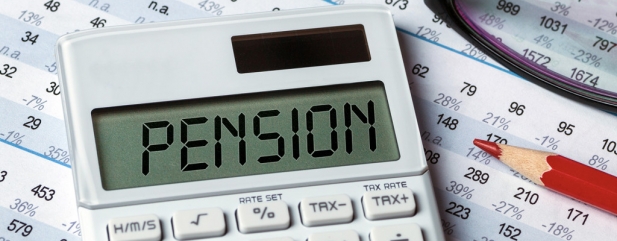Archived article
Please note that tax, investment, pension and ISA rules can change and the information and any views contained in this article may now be inaccurate.
Are you self employed? It’s time to think about your retirement

There is a growing army of self-employed workers helping to drive the UK economy.
According to the latest Office for National Statistics data, the number of self-employed increased from 3.3m people (12% of the labour force) in 2001 to 4.8m (15.1% of the labour force) in 2017.
The nature of self-employment is also beginning to shift – partly driven by technology – raising concerns that some workers risk being exploited by the companies that ultimately pay their wages.
In response, the Government commissioned Matthew Taylor to conduct a review of ‘modern working practices’ in the UK. The review sought to assess the balance between flexibility and fairness in the nascent ‘gig’ economy characterised by companies like Uber.
One significant challenge facing those classified as self-employed is building a decent retirement pot.
According to the latest official figures, a shocking 45% of self-employed workers aged 35-54 have no private pension wealth, compared with around 16% of employees.
This trend continues for ages 55 and above, with the highest share of the self-employed also having no private pension wealth.
Some will expect their business to eventually pay them enough to live on through old age, while others might be using all their spare cash to grow today.
Inevitably, there will also be a group who simply haven’t got round to thinking about retirement at all or are simply struggling to make ends meet.
While reforms currently being introduced by the Government mean all employees will eventually be automatically enrolled into a workplace pension – and receive a matched employer contribution of at least 3% – no such scheme exists for the self-employed.
SELF-EMPLOYED SAVING: THE OPTIONS
Despite being excluded from auto-enrolment, self-employed workers can still utilise SIPPs – and receive tax relief at their marginal rate – to save for retirement.
For a basic-rate taxpayer tax relief automatically turns an £800 contribution into £1,000 in their pension. Higher-rate taxpayers can claim back an extra £200 through their tax return, while 45% taxpayers can claim £50 on top of this.
ISAs are also a useful tax-efficient alternative, particularly as self-employed workers might be put off locking away their money until age 55 in a pension.
For those aged 18 to 39, the Lifetime ISA could also be an attractive vehicle. You can pay in up to £4,000 a year and receive a bonus of 25% – the same as basic-rate tax relief for pensions. You can keep paying in and receiving the bonus until age 50, and withdrawals are tax-free after your 60th birthday, for the purchase of a first home worth £450,000 or less, or if you become terminally ill.
You can also make withdrawals for other purposes before age 60; although you’ll be hit with an early exit penalty of 25% of the funds you take out, meaning you might get back less than you originally put in.
Tom Selby, senior analyst, AJ Bell
Important information:
These articles are provided by Shares magazine which is published by AJ Bell Media, a part of AJ Bell. Shares is not written by AJ Bell.
Shares is provided for your general information and use and is not a personal recommendation to invest. It is not intended to be relied upon by you in making or not making any investment decisions. The investments referred to in these articles will not be suitable for all investors. If in doubt please seek appropriate independent financial advice.
Investors acting on the information in these articles do so at their own risk and AJ Bell Media and its staff do not accept liability for losses suffered by investors as a result of their investment decisions.
Issue contents
Big News
- Sterling slides as Brexit fears resurface
- Which are the best and worst performing stocks following the market sell-off?
- Analysts get behind cyber security firm Sophos
- Tesco could go head-to-head with Aldi and Lidl on price, claims media report
- Shock as highly respected small cap fund manager is pushed out

 magazine
magazine








